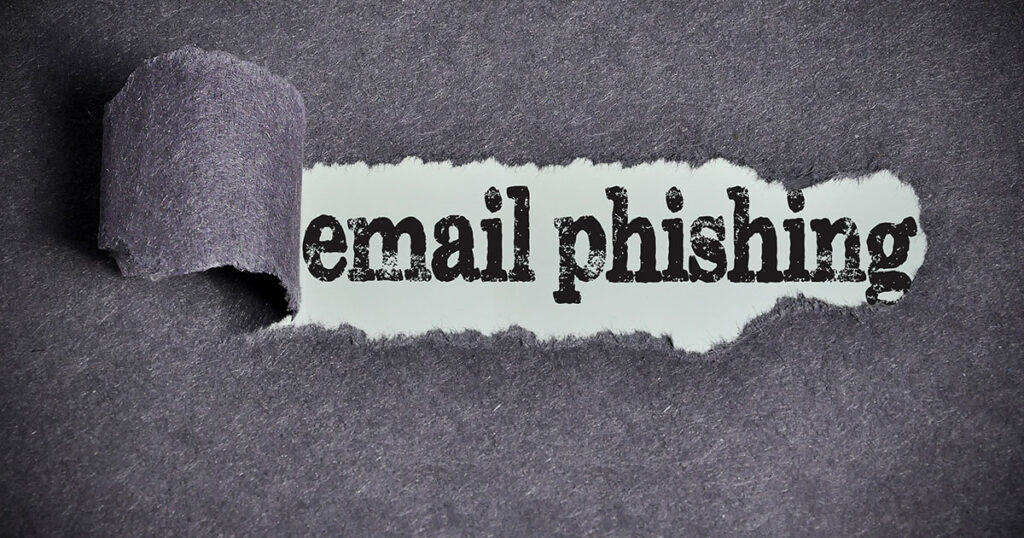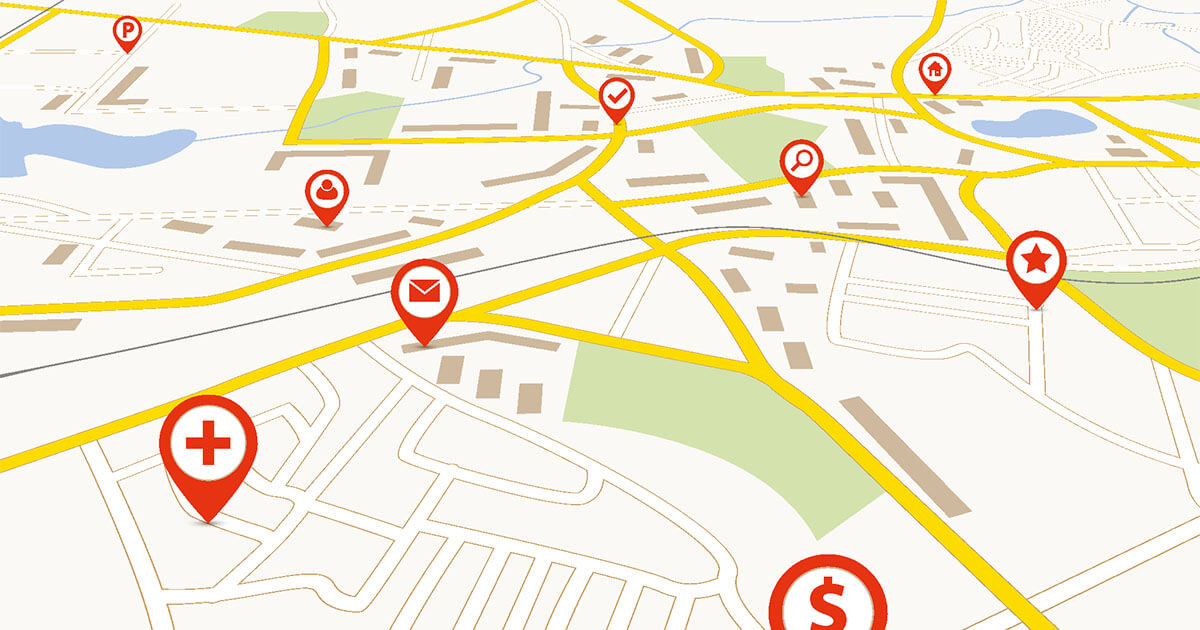Phishing, or phishing, is one of the threats that Internet users face every day on the Web. This is a common scam that collects information from Internet users without their knowledge. Being the primary means of communication on the web, sending email offers scammers the opportunity tosend fake emails and trick the recipients. These include dubious links, which usually lead to fake websites and questionnaires or registration forms, in order to trick people into revealing their personal data. This usually concerns bank details or usernames and passwords. We show you how to detect phishing attempts and thus protect yourself from data theft.
Email address with its own domain name!
Create a personalized address and show your seriousness on the Internet with a domain name included!
Professional
Secure
24/7 Support
Phishing: this is how the scammers proceed
The method is often the same: hackers send emails that take on the appearance of banks, payment services or online stores. Unsuspecting recipients are tricked into filling out online forms or clicking on a link that leads to a spoofed, but very similar to the real, login portal. The risk incurred is very high when one reveals one’s sensitive information and contact details in this way. The objective of such phishing attacks is to gain access, among other things, to the username, PasswordsOr PINs users. Generally, Internet users who have been duped only notice the scam once the sum has been deducted from their bank account.
Not only should you beware of questionable messages, but it is also highly recommended to use an antivirus program, as well as an optimal password protection, to better protect your sensitive data.
Top tips for identifying phishing attempts¶
Taking a closer look at the emails you receive in your inbox is a first step in protecting yourself from email phishing. THE clues are: an unknown sender, impersonal wording, misspellings, questionable links and online forms to fill out. Here are the best tips to effectively protect yourself against phishing.
Tip #1: Check the sender’s name and address¶
The first reflex to adopt is to check who is the sender when you receive an « official » email from a bank or online service. Who is sending you this email? How did they get your email address? Have you ever been in contact with this brand or service? View the full sender address and compare it with previous emails you’ve received. If you notice any differences, be on your guard.
Tip #2: Check your employee tone¶
An email’s tone and wording can also help you spot phishing attempts. Generally, brands and service providers use a personal tone to address their customers and use polite expressions that include the recipient’s name. For example, if you receive an email that begins with « Ladies and gentlemen » or other vague formulations, that’s a bad sign. Trusted brands and online services know your first and last name, and therefore favor a more personal approach.
Tip #3: Check grammar and spelling¶
If the email you received is full of grammar mistakesofspelling or of clumsy wordings, you can rest assured that it was not written by a corporate communications department. This is a clear clue for an email phishing attempt. It also often happens that the text was written in another language, and transposed into your language by an online machine translation service. Another clue is the absence of accents and special characters.
Tip #4: Review links before opening them¶
An email that contains links is not necessarily a sign of phishing. Always be wary before clicking on a link by checking to which site it leads. To do this, drag the cursor over the link without clicking on it, the web address will be displayed. Does it correspond to the brand or service indicated? Are security devices such as HTTPS, which guarantee the security of data exchange, present? If in doubt, do not click on the link.
Tip #5: Do not send any data by email¶
No reputable company asks its customers and prospects to transmit their data or information by email. An HTML form that requests data such as usernames or passwords is an unmistakable clue to identify phishing attempts. You should also never communicate your PIN codes, whether by email or on the phone.
Tip #6: Pay attention to attachments¶
Also beware of emails that contain attachments. The rule of thumb is never to open or download attachments from unknown senders. These attachments may contain malicious programs such as viruses or a Trojan, which may infect your computer or access your sensitive data. After that, you will no longer be able to carry out banking transactions or visit online stores without fear.
Tip #7: Don’t give in to pressure¶
Also pay attention when an email invites you to make a emergency financial transaction. Generally, hackers trick Internet users by making them feel pressure to encourage them to make a transaction in haste. If in doubt, call Customer Service for the service or brand in question.
What to do when you receive a phishing email?¶
If you have received an email of unknown origin and it is a phishing attempt, remember to drop it in the spam folder and block the sender before deleting it. This way, you can protect yourself from further phishing attempts from this sender. It is also possible to contact the service or the brand supposed to be at the origin of the sending of this email. Most service providers offer to report phishing attempts directly on their official page.
With MyDefender from IONOS you increase your protection against malware and data theft. Secure one or all of your devices to always be safe with automatic backups, ransomware protection, and regular virus scans.




